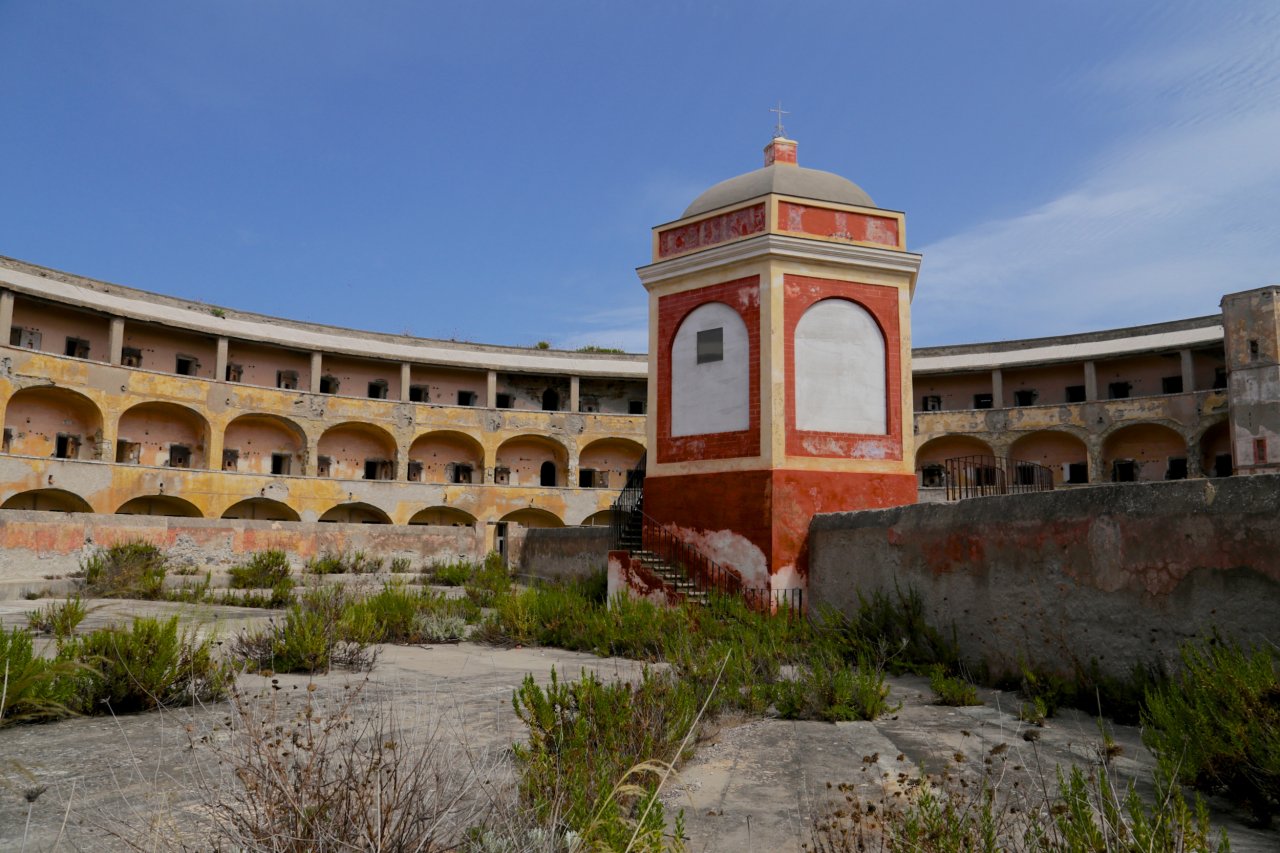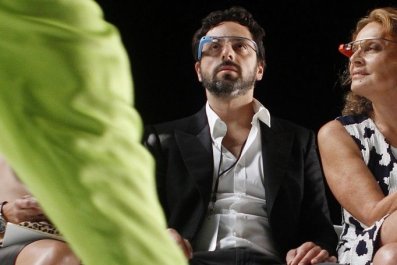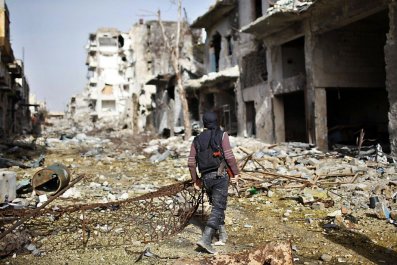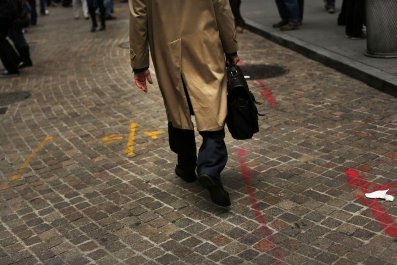Ever dreamed of owning a frescoed Renaissance castello or a rural estate in Tuscany? Now's the time for great deals.
In the wake of the euro crisis and rising public debt, the Italian government is having a fire sale of some national "jewels" by putting on the block roughly 115 of its 46,000 buildings in a desperate attempt to raise revenue, tighten public finances, and prevent beautiful but redundant properties from crumbling to the ground.
So if you're a billionaire lover of historic homes who loves to remodel, or a businessman wanting to buy an abandoned farmhouse and turn it into a stunning luxury resort, your dream may soon come true.
The fire sale stretches from the most fabulous palaces, aristocratic villas, royal banqueting houses, convents, thermal lighthouses, pirate lookout towers and diving-paradise islands to haunted castles, gloomy military barracks, jail fortresses and rust-eaten mining platforms. On the list there's even a network of salt farms with an entire salters' village at the center and a royal hospital for horses overgrown with weeds.
Disposing of a chunk of state-owned real estate is expected to bring 500 million euros to Italy's empty coffers by the end of the year and another 1.5 billion euros in the next three.
One of Italy's biggest problems is that it doesn't know what to do with, let alone how to keep up, great swaths of its artistic and historical heritage. The total value of its state properties amounts to more than 400 billion euros, but most of these are frozen, i.e., abandoned assets.
The government, however, still hasn't decided which buildings will be sold and which will be rented out. To win a 50-year lease, you must present detailed refurbishment plans that are sure to increase the value of the building by transforming it into a hotel or cultural center, with the added goals of boosting the local economy and creating jobs. It costs nothing to make a bid.
Two hugely attractive properties have just been put up for lease with bids due by December or January. One is Milan's former tollhouse located on the stunning Piazza Sempione, within the Arch of Peace monumental complex at the center of which is the imposing, high-walled Sforza Castle. During the Middle Ages it was one of the city's main gateways and a lucrative source of income for the owner. It was also a meeting point for merchants, travelers, and bandits moving across what we now call Italy but then was a network of rival, independently governed cities and towns.
The other is the Colombaia farmhouse estate, about half mile from the heart of Florence, fairly close to the Duomo and the Uffizi, yet far enough away from the city's buzz and chaos to offer some peace. It would make an elegant boutique hotel with a panoramic view of the rolling Tuscan hills.
Next to go on the block are the military barracks of La Rocca in Peschiera, which is on the banks of the Garda Lake and 20 minutes from Verona, where Romeo wooed Juliet. The barracks used to be headquarters for the quadrilateral, a network of four fortresses when Austria ruled the area in the 19th century.
Other extraordinary properties laden with history will be placed on the market in coming months. Here are my top five:
- Whoever get their hands on the Castle of Soriano nel Cimino, a picturesque village north of Rome, will live in the shadow of Pope Francis. It belonged to the powerful Orsini papal family who elected the first Franciscan Pope of the Catholic Church. But the lucky buyer will have to live with a mewling baby ghost said to haunt its walls. A team of ghostbusters is currently trying to locate the unhappy babe. The castle is surrounded by ancient Roman and Etruscan catacombs. The starting price is 15 million euros.
- Sea dogs and scuba divers will like the tiny, abandoned Santo Stefano island prison. Its shimmering waters swarms with giant groupers and friendly barracudas, making it one of Italy's top diving paradises. The view from the massive fortress built by the Bourbons stretches all the way to Mount Vesuvius. Then there is Julia's Tub, a natural pool carved in the rocks by the breaking waves, a sort of God-made Jacuzzi where Roman soldiers used to go skinny-dipping. The trouble is there are three clashing interests involved in the property: One part of the island belongs to the state (including the prison fortress), another part to a private individual who has just put his slice up for sale, and the entire island lies inside a marine preserve protected by strict regulations to protect the environment.
- Villa Mirabellino is a gorgeous Baroque residence in the Lombardy city of Monza, which boasts a Grand Prix motor racing event. Here, the epicurean Cardinal Angelo Maria Durini, Malta's great inquisitor and renowned party animal, used to give lavish feasts and parties. Philosophers and artists mingled with princes and courtesans. Set on a hilltop inside one of Europe's largest parks, its luxurious garden rolls all the way down to the river Lambro. It's in a pretty bad shape: The frescoes are covered in debris, and the windows are broken. The future owner will also have to face antagonist locals, unhappy about losing their city's architectural jewel.
- The Punta Imperatore Lighthouse on Ischia, the volcanic sister-isle of Capri, stands on a precipice dotted with hawks' nests and wild orchids. But the selling point is Ischia itself: a hot-water-baths and mud-therapy heaven that draws millions of tourists year round. Grannies with aching bones rub shoulders with teenage girls trying to shed their cellulite. There's also a great love story behind the place: When the lighthouse keeper died in the 1930s, his wife took his place, becoming the first woman in Italy to run a lighthouse.
- The former Piave military base in the Umbrian city of Orvieto is the perfect property for art lovers and military freaks alike. It was built in 1936 during the peak of Mussolini's Fascism, when Italy invaded Ethiopia. For decades, millions of young conscripted soldiers learned the art of war from Sardinia's special riflemen, the Granatieri. The complex of buildings is enormous, spreading over 365,000 square feet. Perched on top of an extinct volcano rim and connected by a cable railway, Orvieto is a sublime mix of Etruscan, Roman, medieval, and Renaissance remnants. The cathedral, St. Peter's Well, and the Holy Inquisition dungeons are counted among the top attractions.
























